All about the hawthorn
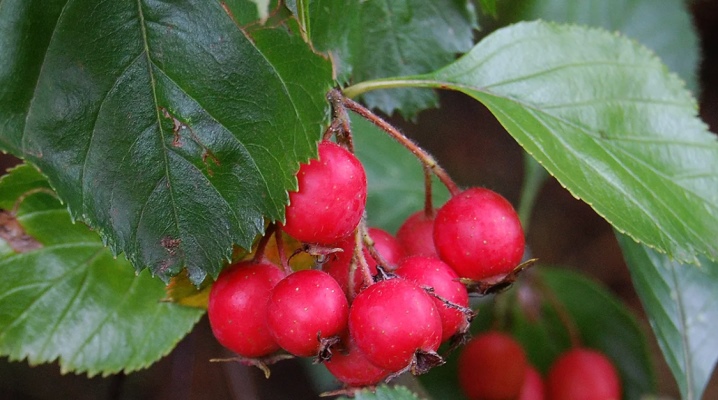
In order to make the local area more blooming and attractive, many summer residents use ornamental shrubs. One of the most famous and beautiful is the lily hawthorn, which at the same time gives an excellent harvest of berries with useful properties. Distinctive features of the plant in its unpretentiousness and resistance to cold weather, which is especially important for domestic latitudes.
Description
Hawthorn is a hybrid, which can be in the form of both a tree and a shrub. With proper care, the plant can reach a height of 7 m, the tree has an asymmetrical crown, the diameter of which is often about 5 m. With enough natural sunlight and moisture, the annual growth can be about 25 cm. The hawthorn is distinguished by numerous shoots and a trunk on which there are small thorns.
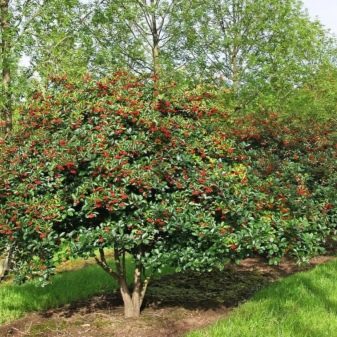

The main characteristics of the plant.
-
Hawthorn is distinguished by red or orange foliage, which manifests itself well in autumn.
-
The flowers of the hawthorn are snow-white and beautiful, bloom in early May and last until the end of summer.
-
In early autumn, you can see spherical berries on the tree, which are rather large in size.
-
The fruits can be eaten, and they boast a lot of useful properties.
The unique features of the hawthorn make it possible to grow it not only as an ornamental tree, but also as a shrub. However, before buying a seedling, you should study the characteristics of the variety to make sure it is suitable for growing in a particular summer cottage.

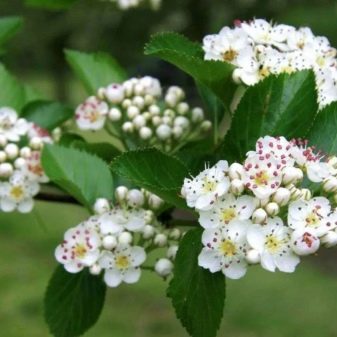
The hybrid is popular due to the fact that it is famous for its resistance to drought and sudden changes in temperature. In addition, it copes well with many diseases and pests. One of the features is the deep-lying root system, thanks to which the plant can independently provide itself with water.
Among the advantages of the culture are its attractive ornamental foliage, the beneficial characteristics of the berries, ease of maintenance and the ability to cope with cold weather, thanks to which the plant can be planted even in domestic latitudes. The only drawback gardeners call a huge number of thorns, which complicate the collection of fruits.
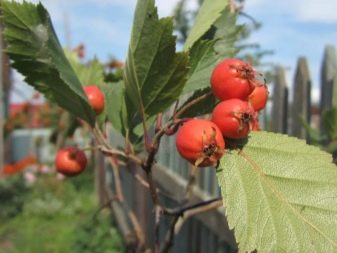
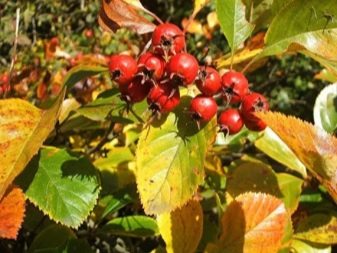
Planting and leaving
Planting a hawthorn is quite simple and does not cause any difficulties even for novice gardeners. The activities are almost the same as when working with other shrubs or trees.
Young bushes must be planted in early spring, until the leaves bloom. During the season, the plant will be able to take root, as well as give the first growth. In addition, such shrubs do an excellent job with winter, as they manage to get stronger by the first cold weather. Despite this, planting hawthorns in the fall is not prohibited, and the shrub is often planted even after the leaves fall.
Close attention must be paid to the selection of the optimal place. It is best to choose areas that get enough sunlight. It is not recommended to plant hawthorns near a house or play area, as flowering bushes smell rather unpleasant.

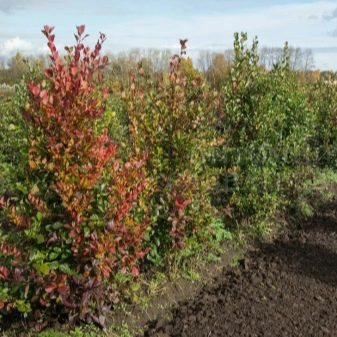
It is best to use fertile soil, and before planting it must be dug up to get rid of weeds. The ideal soil composition for this plant is the presence of sod land, humus, peat and sand. The proportions should be selected depending on the plant variety.
The main advantage of the hawthorn is that it is friendly, so it can be planted next to almost all crops. The main thing is that the shrub has a good area for food.
The choice of the optimal planting material is also important. It is best to buy seedlings that are no more than 4 years old, and the height does not exceed 1.5 m. Such seedlings can boast a good root system, which has a positive effect on the growth of the tree. It is imperative to examine the trunks carefully so that they do not show any damage or signs of disease. In the presence of an open root system, it will be necessary to soak the roots in water with a solution of potassium permanganate, which disinfects them and stimulates active development.

Despite the fact that the hawthorn does not need active care, it should be pruned from time to time. The fact is that the culture constantly forms a large number of shoots that must be removed. It is best to do this in early spring, before the sap begins to move in the tree. Damaged shoots should also be trimmed before the first cold weather.
Organic and mineral fertilizers are actively used as fertilizers, which are optimal for the plant. Young bushes should be watered very often, but adult plants are irrigated only during a strong dry summer.
Considering the fact that the lily hawthorn is resistant to frost, an adult plant does not need to be sheltered for the winter, but the trunks of young trees are best protected from frost with a shelter.
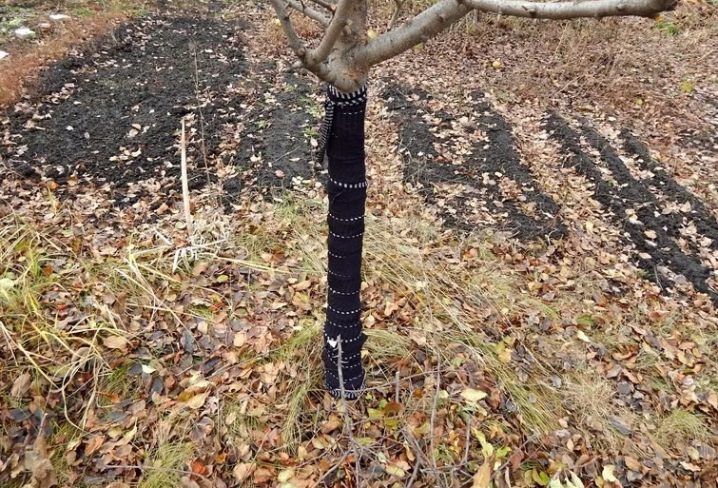
Reproduction
The hawthorn can reproduce in several ways. One of the most popular, but difficult, is grafting. The main problem is that the planting material is quite difficult to root. Cuttings are best cut in early spring, until the buds begin to swell. In the role of planting material, green shoots are used, the thickness of which is no more than 1 cm. It is best to choose shoots that grow from the south side.
Cut cuttings must first be sent to a root formation stimulator, so that it will be possible to activate the growth process. The prepared material is placed in a nutritious and light soil, after which it is removed in a place with sufficient natural light.
For germination, cuttings need a constant level of moisture, so it will be necessary to water on a constant basis and spray the plants. If the cuttings have coped with the cold winter, then in the spring they should be fed with nitrogen.
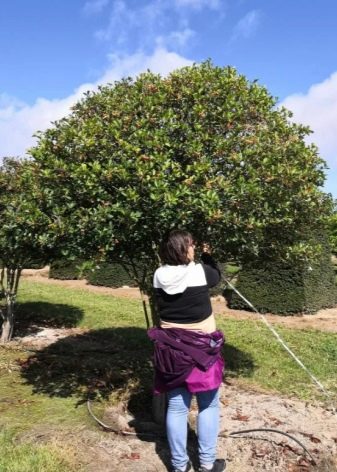
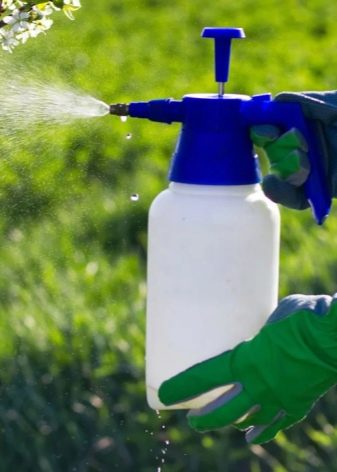
One of the safest and easiest ways to reproduce lily hawthorn is grafting. Old bushes or mountain ash are often used as a rootstock. The ideal time for grafting is in spring, after the frost is over. In this case, it is worth making sure that there are no sudden changes in temperature at night, as this can harm the plant. For the scion, it is worth taking a two-year-old healthy shoot, the height of which is no more than 1 meter. Under the condition of the correct procedure, survival will come within a month and a half, and the first fruits will appear as early as next year.
And you can also carry out reproduction by root suckers. To do this, in the fall, it is necessary to carefully separate the lateral growth from the mother bush and transplant it to a previously prepared area. For more efficient growth, additional fertilizing with phosphorus fertilizers can be carried out and covered for the winter to protect against frost.

Diseases and pests
This hybrid is famous for its resistance to many diseases and pests. In this case, it is necessary to follow the rules for growing a plant in order to prevent it from being damaged by various pests. Very often the plant is affected by powdery mildew. It is a fungus that attacks young foliage and shoots, which can destroy crops and completely destroy the tree. The main danger of the fungus is that, without treatment, it grows extremely quickly and leads to deformation of the shoots. In the process of treatment, it is necessary to get rid of the affected areas, and also constantly spray the shrub with fungicides.
Often hawthorns are affected by rust, which causes the foliage to dry out. An excellent way to combat it is to use Bordeaux liquid.
As for pests, the hawthorn is susceptible to aphids. Due to its influence, it very often becomes covered with red growths, which leads to drying out. It is impossible to cope here without treatment, and it is best to use special broad-spectrum fungicides for this.
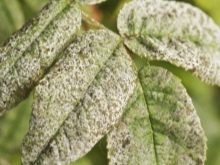


The hawthorn moth also causes a problem for summer residents., which is a small butterfly with long wings. Caterpillars of this butterfly can cause serious harm to the plant, as they quickly devour the foliage and can completely destroy the tree.
You can get rid of pests with the help of special preparations.
In general, the lily hawthorn is a unique ornamental plant, which is famous for its unpretentious care and resistance to weather conditions.
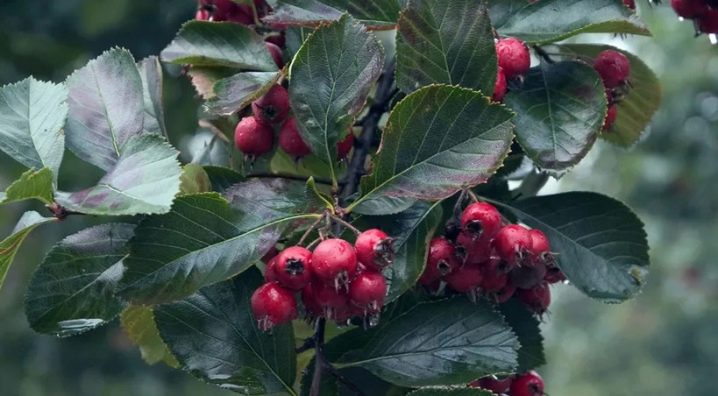



































































The comment was sent successfully.